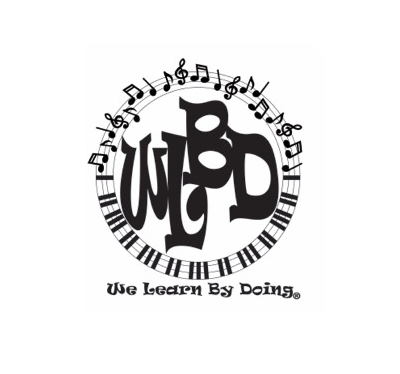Part 7-SENSES ACTIVITIES: Math, Science, Physical Development, Literacy, Social Studies Activities
THEME 2: Hula-Hoops Math, Science, Physical Development, Literacy, Social Studies
In times, when Playstations and Wii ruled the roost, indoor/outdoor games sort of seemed obsolete to the younger generation. Despite the high tech entertainment consoles of today, the fact remains that real time sports are an integral part of growing up. So, to motivate children to breath some fresh air, here are a few ideas from simple hula-hoop games. The key to encouraging kids to participate in indoor/outdoor activities is to keep them as easy as possible. In a fast paced and overtly competitive world, a few easy takes is not a bad idea to start with! The best part about hula-hoop games is that the equipment is cheap and extremely easy to use. You can find hula-hoops at dollar stores. So, here some interesting hula-hoop games for preschoolers and children. Hula hooping does not have to be a solo sport. When children have had their fill of twirling it around their hips, arms and legs, they can do games with a group of children.
HULA HOOP RELAY for Math
For this race, you’ll need teams with the same number of players with one hula-hoop for each team. Start by establishing a course–a straight line to a goal (like a chair or trash can, for instance) and back, or create a slalom-type trail around obstacles. When the race begins, the first player from each team rolls the team’s hoop (using his hand or a stick) along the entire course before returning to the starting line and passing the hoop to the next player. The race continues until all of the players on one team complete the course.
With math, you can count the number of hand pushes it takes for each child to make the course and then add up the total team effort to see who has the least number of pushes to complete the relay.
BALANCING ACT for Science
The goal of this game is to have pairs perform jointly by balancing the hoop using a specified part of the body. For example, one set of partners may try to balance the hoop using only their knees or their shoulders. If they succeed, the other pairs must follow suit or be eliminated.
THREAD THE NEEDLE for Physical Development and Social Studies
In this game; members of each team join hands in a circle and must not let go with a hula-hoop hanging from one child’s arm. When play begins, the child with the hoop must wiggle its way through the arm of the next neighboring child until all the teammates pass around till it reaches the first child. The team that gets the hoop back to the starting player first wins. It is a team effort.
SOCCER BOWL for Math and Physical Development
Set up 10 empty soda cans or plastic bottles in a triangle or circle on a level section in the yard. Each child gets three tries to knock down as many “pins” as possible by kicking an inflated ball at them from 20 feet away. If all the “pins” fall before the third turn, the child gets one more kick to add to the total score.
BALLOON FACE RACE for Physical Development
Organize players into pairs and hand each team a partially inflated balloon. When the game starts, teammates must race to a designated finish line carrying their balloon between their heads, but no hands allowed.
BALLOON VOLLEYBALL for Physical Development
Playing in teams, children volley a balloon over a makeshift net (a rope tied between two chairs). It is fun to watch boys versus girls, as boys cannot use their hands to hit the balloon.
Conclusions: When you look around the classroom, home, and neighborhood, you will be able to find many objects and materials that you can use to design themes and experiences to enrich the curriculum and guarantee hands-on learning experiences for the children in your classroom.
